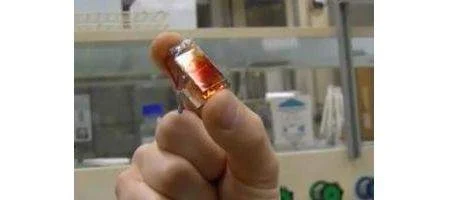Using sunlight and ultrathin films of iron oxide, or rust, Technion-Israel Institute of Technology researchers have found a new way to split water molecules into hydrogen and oxygen.

The breakthrough, they say, could lead to less expensive, more efficient ways to store solar energy in the form of hydrogen-based fuels.
“Our approach is the first of its kind,” says associate professor Avner Rothschild. “We have found a way to trap light in ultrathin films of iron oxide that are 5,000 times thinner than typical office paper. This is the enabling key to achieving high efficiency and low cost. “
Iron oxide is cheap to produce, stable in water, and – unlike other semiconductors such as silicon – can oxidize water without itself being oxidated, corroded, or decomposed. But it comes with its own problems, most notably its poor electrical transport properties.
Researchers have struggled for years with the tradeoff between light absorption and the separation and collection of photogenerated charge carriers before they die out by recombination.
“Our light-trapping scheme overcomes this tradeoff, enabling efficient absorption in ultrathin films wherein the photogenerated charge carriers are collected efficiently,” says Rothschild.
“The light is trapped in quarter-wave or even deeper sub-wavelength films on mirror-like back reflector substrates. Interference between forward- and backward-propagating waves enhances the light absorption close to the surface, and the photogenerated charge carriers are collected before they die off.”
The team says the breakthrough could lead to the development of inexpensive solar cells that combine ultrathin iron oxide photoelectrodes with conventional photovoltaic cells based on silicon or other materials to produce electricity and hydrogen. According to Rothschild, these cells could store solar energy for on demand use, 24 hours per day – unlike conventional photovoltaic cells, which provide power only when the sun is shining.
And a bonus, says the team, is that the new light trapping method could cut the need for rare elements such as tellurium and indium by 90 percent, with no compromise in performance.






